There’s a well-known principle in business and economics called the Pareto Principle, or the 80/20 rule. The idea is simple: 20% of the input often delivers 80% of the output. A small number of things matter far more than the rest.
Training is no different. Most people spend huge amounts of time and energy on the wrong things, chasing the 80% that only gives them 20% of the results. The truth is, you don’t need endless hours in the gym or complicated routines to make real progress. You just need to focus on the few things that actually move the needle.
This post is about identifying the vital 20% in training that delivers the biggest returns, so you can train smarter, not just harder.
The 20% That Delivers the Most Results
In screen training, the difference isn’t made by doing every lift in the book or chasing the latest trending workout. It comes from a clear eye for detail: identifying which shapes and proportions the audience needs to see, and then training precisely to bring those to life.
That could mean widening the shoulders to give a more dramatic taper through the waist, or building the upper back so posture reads as powerful. Sometimes it’s driven by the role itself.
Certain areas carry disproportionate weight in how shape is perceived on screen. For men, traps and shoulders often communicate an instant perception of strength, and abs make us think of athleticism. For women, developing the glutes and shoulders tends to give the silhouette a narrower waist, whilst strengthening the hamstrings and back create elegance. A smaller number of movements, chosen to target these features, can create far more impact than hours of unfocused training.
The 20% that really moves the needle is precision: choosing the specific exercises that shape how a character looks, moves, and occupies the frame.
“The 20% that matters is precision: training the shapes and proportions that define how a character is seen on screen.”
The 80% That Wastes Time
One of the biggest misconceptions in training is that sheer volume will deliver faster results. The science does not support that. Under normal physiological conditions, the body can only add a few grams of lean tissue each day. For most men, this translates to roughly 0.25 to 0.5 kg of lean tissue per month. For women, the rate is typically about half of that. Even in beginners, who adapt more quickly, muscle gain rarely exceeds 1 kg per month once the initial neurological changes have settled. To put it in perspective, half a kilo of lean mass is about the size of a chicken breast, spread across the whole body in a month.
This is why generic programming so often fails to deliver meaningful results. Getting the outcome you actually want depends on three essentials:
- Training that is specific and progressive
Without progressive overload, the body simply has no reason to adapt. - Exercises chosen for their ability to drive adaptation
Movements need to be chosen that create sufficient mechanical tension to actually build muscle. - A clear focus on the areas that will create the specific look required
Building strength in the wrong places may still change your body, but not in the way that creates the look that the role requires.
Directing adaptations into the right areas is how small gains translate into visible, specific results.
“Changes in body shape are slow, so every adaptation must be directed to create the specific look you need.”
The Goal is to Keep the Goal, the Goal
it is easy to get distracted by numbers and ‘gym milestones’ that feel important. A bench press or deadlift personal best, the number on the scale, tape measurements, or clothing size can all feel like progress, and they are, but they should come only as a side effect of intentionally working towards the real goal. Increasing a deadlift by 10 kilograms is satisfying, but it will not appear in the credits, and neither will a clothing size.
What truly matters is the visual impact. How the body looks, moves, and reads is what counts. Every session, set, and movement should be chosen to create that specific effect. Measurements only matter if they serve the look required.
“Don’t get distracted by numbers that don’t matter. Keep the goal the goal!”
Why This Matters for Actors
In screen work, every detail of the body communicates character. Costume, camera angles, and movement all highlight specific shapes, proportions, and lines. Without focus, effort put into training rarely aligns with what you need people to see.
Actors face an additional constraint: availability. The body must be trained in a way that develops the right areas without risking fatigue, injury, or time lost. That means getting a training effect from day 1, prioritising precision over volume, and exercises that target exactly the shapes and features that are required.
By combining specific, progressive training with carefully chosen exercises and attention to the areas that matter most on screen, adaptations become meaningful. The body tells the story you need it to, whether that’s strength, agility, elegance, or a combination of all three.
“Training isn’t only about change, it’s about the right change, in the right place, at the right time”
Final Thoughts
Most effort is wasted doing too much of the wrong things. A smaller number of clearly focused, well-chosen, and well-executed movements creates the majority of visible, meaningful change. Understanding how the body adapts, and directing those adaptations to the areas that matter, separates wasted effort from high quality and visible results.
Train with intent and precision. Each session has a purpose, and every movement within that session has a specific role. When done correctly, adaptations accumulate into a presence that reads on camera, in costume, and on set, without compromising availability or risking unnecessary fatigue.
More is rarely better. Targeted, specific, progressive training is how actors achieve results that are not just measurable but dramatically visible.
“Less is more when every movement is chosen and executed with precision.”
FAQ
What is the 80/20 rule in training?
The 80/20 rule, or Pareto Principle, suggests that a small number of inputs create the majority of results. In training, this means that a few well-chosen, well-executed movements deliver most of the visible and meaningful changes, while time spent on other exercises may have minimal effect.
How can actors train for visible results on screen?
Actors achieve visible results by training with specificity and intent. This involves choosing exercises that target the shapes and areas the camera highlights, using progressive training and mechanical tension to drive adaptations, and focusing on the features that create the desired look for the role.
Do I need to lift heavy to improve my on-screen presence?
Lifting heavy can be useful, but it is not the primary goal. Strength gains are valuable only when they contribute to the visual impact and presence required on screen. Targeted, precise training is more important than chasing personal bests in the gym.
How much muscle can actors realistically gain in a month?
Under normal conditions, most men can gain around 0.25 to 0.5 kilograms of lean tissue per month, and women gain roughly half that. Beginners may adapt faster initially, but overall muscle growth is slow, so small, targeted adaptations matter more than rapid increases in size. Actors can look significantly bigger, stronger, and more athletic by knowing which areas to target.
Which exercises create the most visual impact for actors?
The exercises that matter are those that shape the specific areas for seen on camera and for the specific effect. For men, traps and shoulders often communicate an instant perception of strength, and abs make us think of athleticism. For women – glutes and shoulders tend to create the silhouette a narrower waist, whilst strengthening the hamstrings and back create elegance. Choosing movements that drive adaptation in these areas delivers more visible results than unfocused training.
How do I prioritize training for the areas that matter most on screen?
Prioritize exercises based on the visual effect needed for the role. Use mechanically specific and progressive training to build the key areas, monitor how adaptations appear on the body, and adjust exercises to enhance the shapes and proportions needed. This ensures every session and movement contributes to the desired look
References
- Schoenfeld, B. J. (2010). The mechanisms of muscle hypertrophy and their application to resistance training.Journal of Strength and Conditioning Research, 24(10), 2857–2872.
- Krieger, J. W. (2010). Single vs. multiple sets of resistance exercise for muscle hypertrophy: A meta-analysis.Journal of Strength and Conditioning Research, 24(4), 1150–1159.
- Bompa, T. O., & Buzzichelli, C. A. (2019). Periodization: Theory and Methodology of Training. Human Kinetics.
- Contreras, B., & Schoenfeld, B. (2011). Strength and hypertrophy considerations for the glutes, shoulders, and upper back. NSCA Strength and Conditioning Journal, 33(5), 34–40..
- Zatsiorsky, V. M., & Kraemer, W. J. (2006). Science and Practice of Strength Training. Human Kinetics.


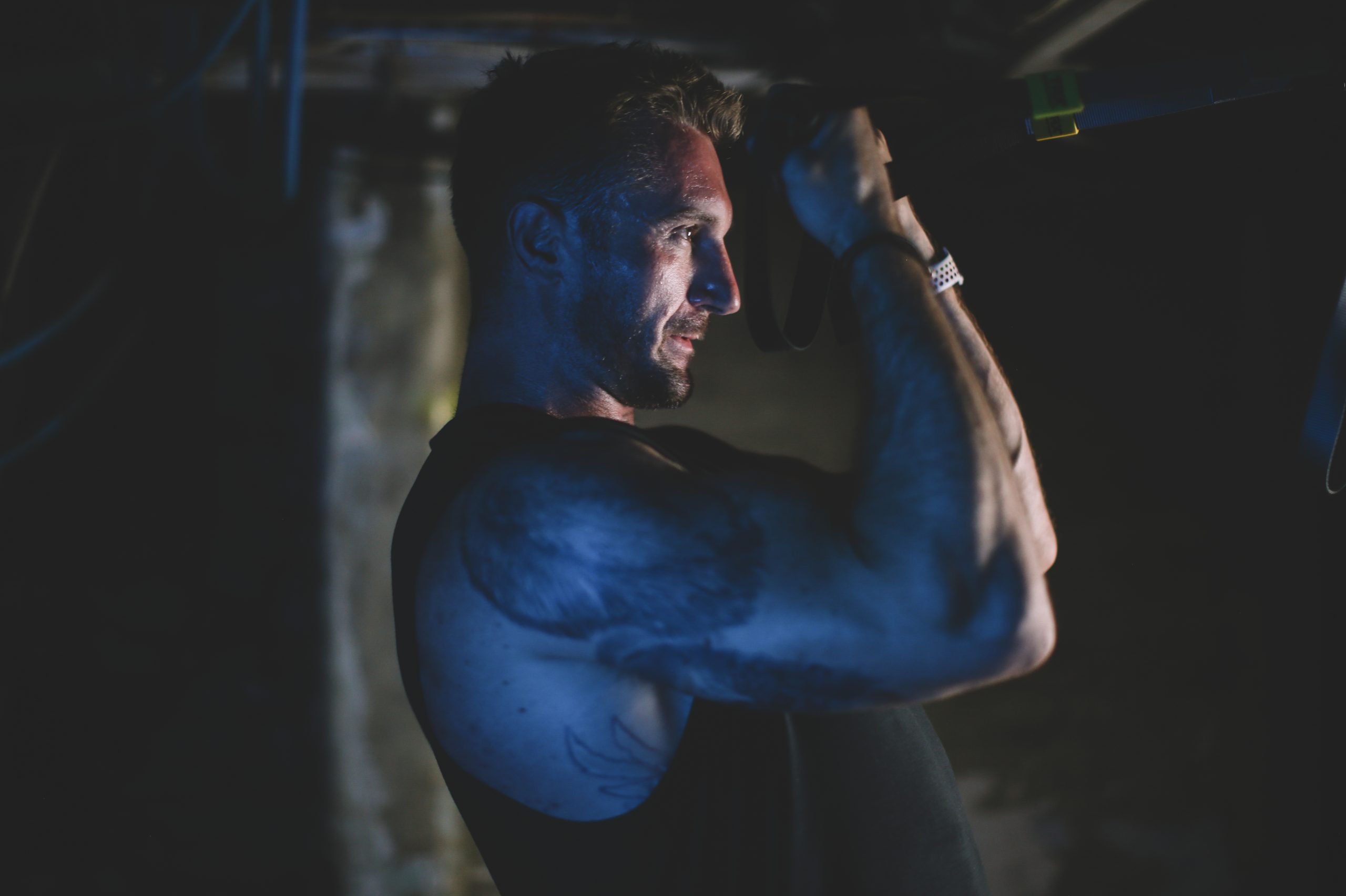
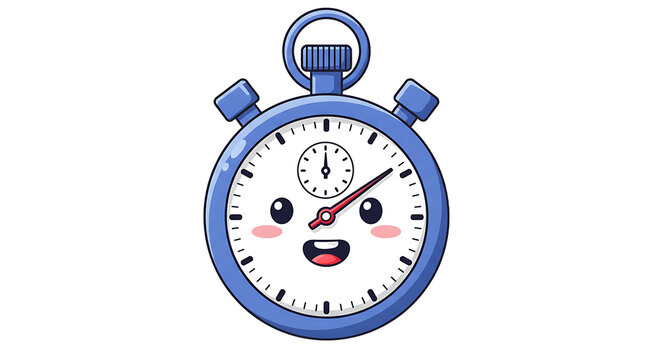
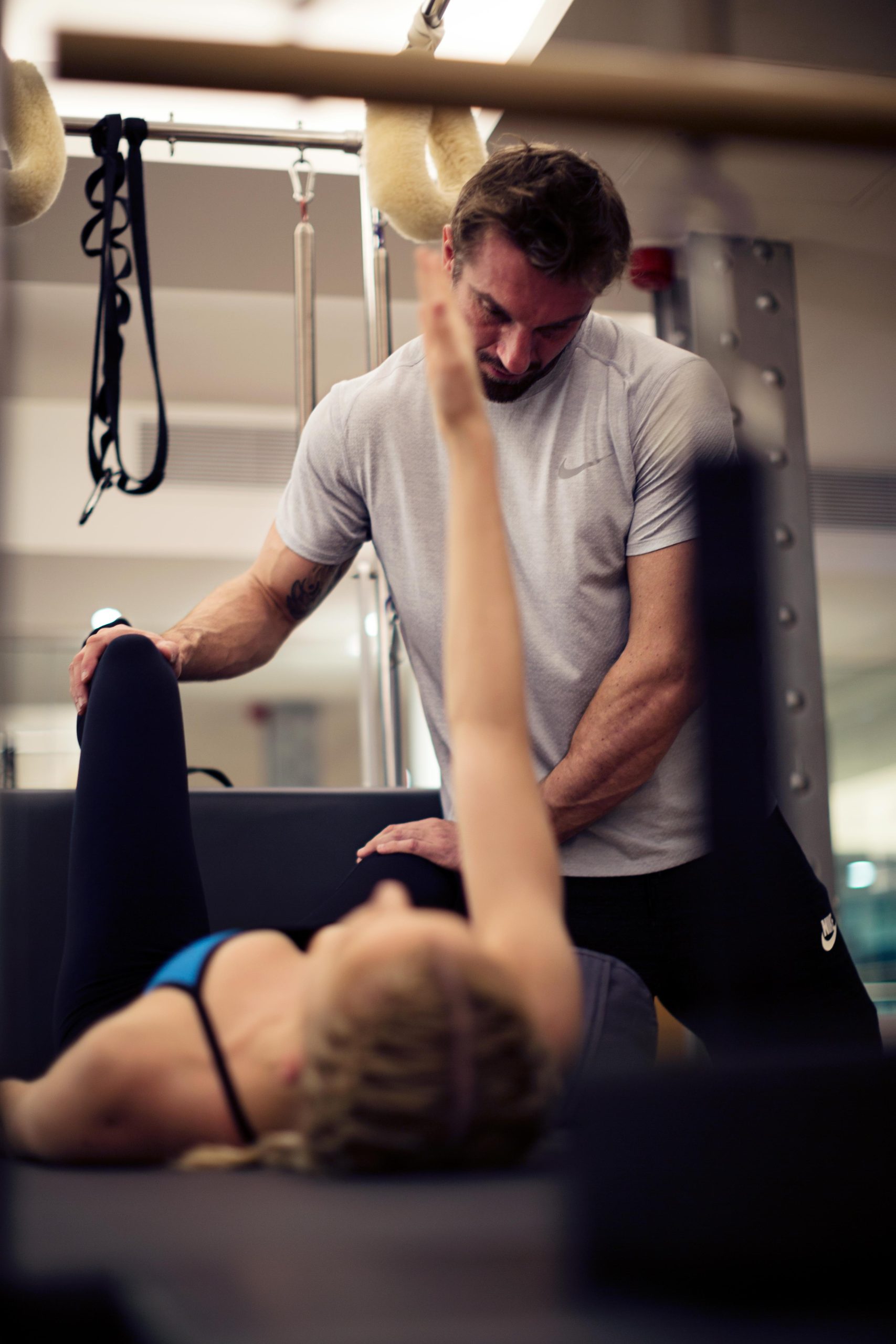
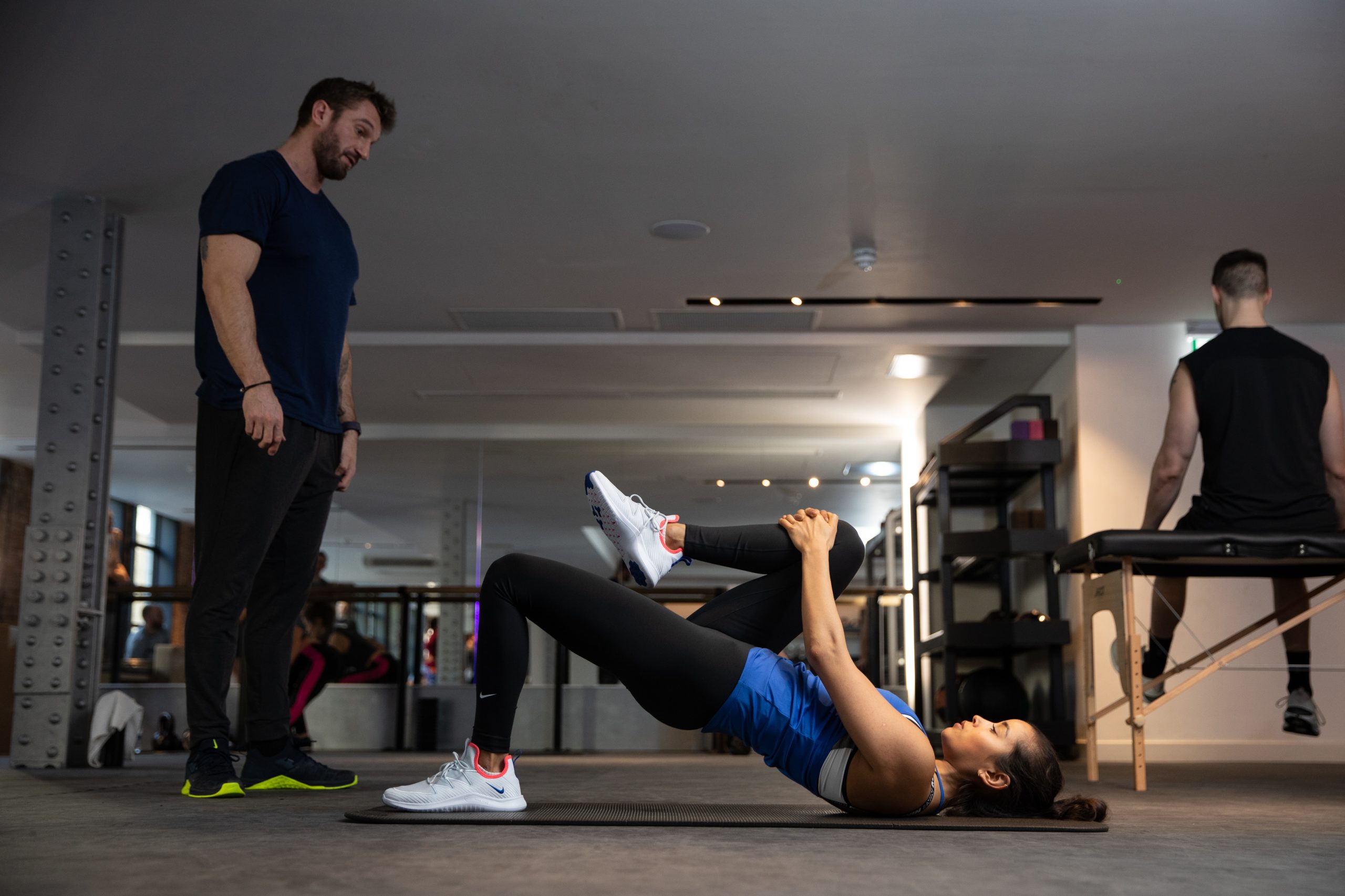
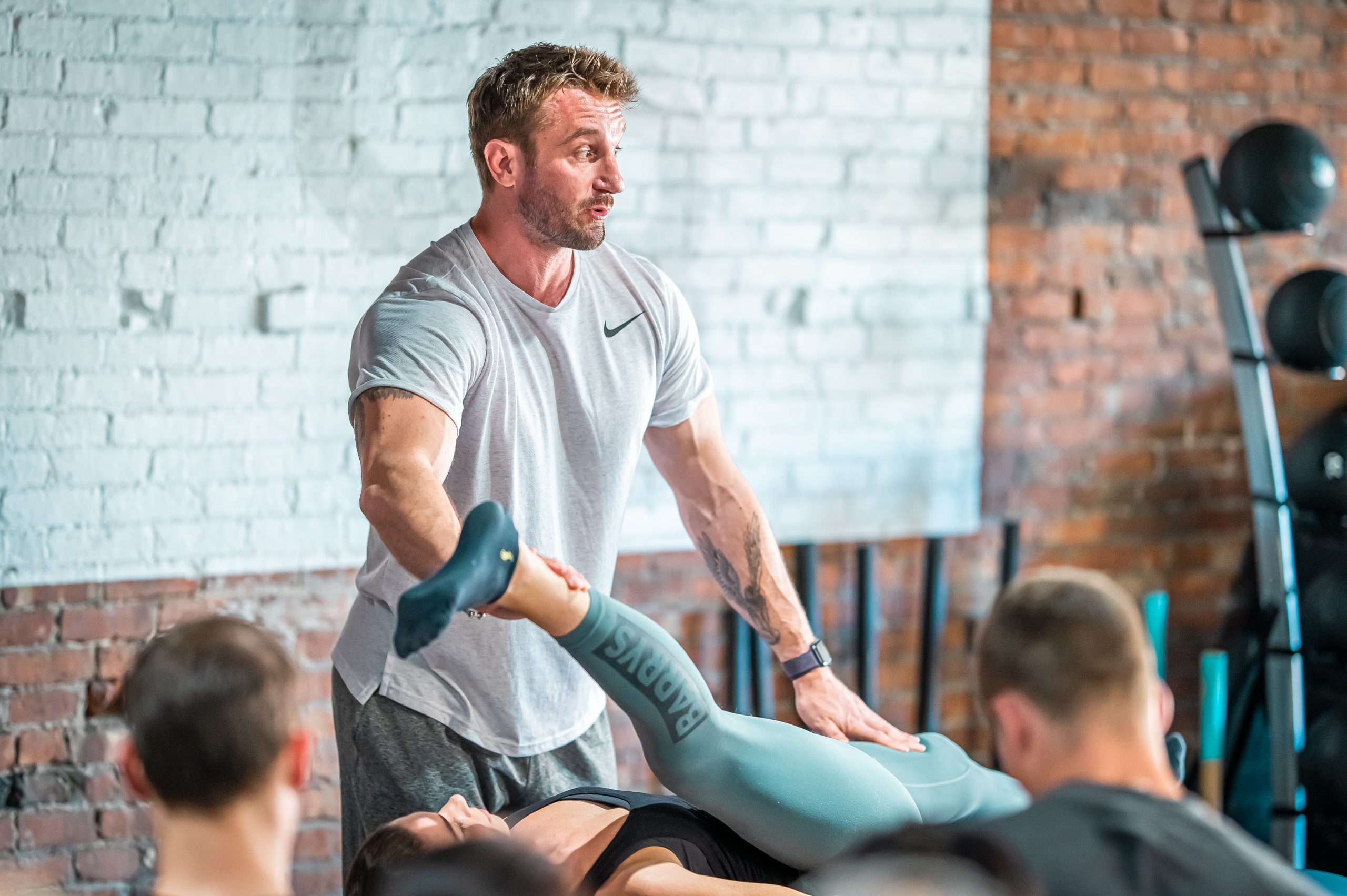

Leave A Comment
You must be logged in to post a comment.